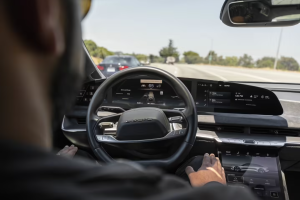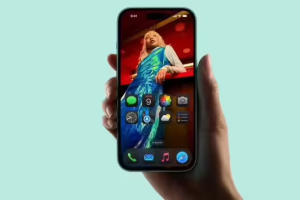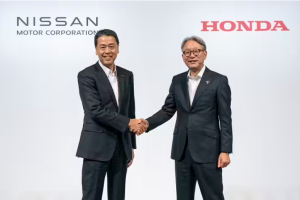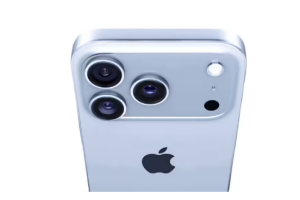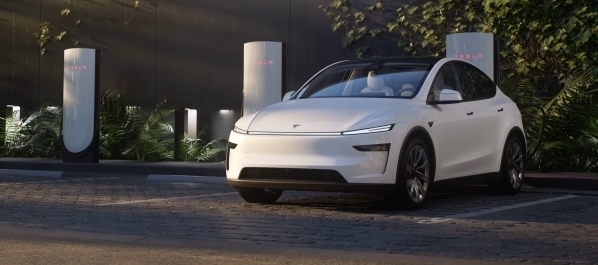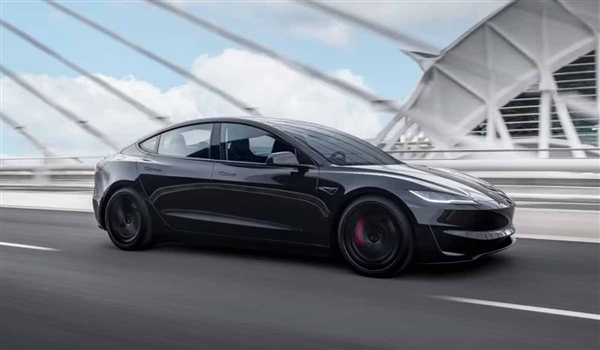December 19, 2023 –
Once upon a time, Volkswagen had grand ambitions to electrify its entire vehicle lineup, alongside a bold modernization of its interior designs. Embracing a minimalist aesthetic, they replaced physical buttons with large central touchscreens, even removing physical controls from the steering wheel in favor of touch-sensitive capacitive buttons.

However, this radical move towards eliminating physical buttons faced strong opposition from users. Many complained about the complexity and inconvenience of the new interface, forcing Volkswagen to rethink its interior design strategy. As Volkswagen itself admitted, this move “left customers frustrated when they shouldn’t have been.”
Subsequently, Volkswagen reintroduced physical buttons on the steering wheel in an effort to regain its reputation. Current CEO Thomas Schäfer acknowledged that the “buttonless” approach had inflicted considerable damage on the brand.
Recently, Volkswagen showcased a new interior design language on its ID.2 concept car, signaling a return to a more user-friendly style. Below the center console, the ID.2 features a row of physical buttons and knobs, allowing users to easily control common functions like air conditioning and volume. Furthermore, the car is equipped with a central rotary dial similar to BMW’s iDrive system, further enhancing user convenience. These control buttons are also designed with a strong emphasis on tactile feedback, even incorporating textured metal finishes, ensuring drivers can operate them without taking their eyes off the road.
While not all controls in the car have reverted to physical buttons, this marks a significant step in the right direction. Darius Watola, Volkswagen’s interior designer, confirmed that the concept car showcases an entirely new design philosophy for all Volkswagen models, shaped by customer feedback.
Volkswagen CEO Thomas Schäfer, in an interview with Autocar earlier this year, stated, “We won’t dramatically change the interior layout with every new model launch but will continually refine existing designs to make them more in line with future trends without sacrificing usability.”
Volkswagen’s interior design transformation reflects a broader industry-wide reconsideration. As touchscreen technology evolves, many automakers initially favored touchscreens as the primary means of interaction within vehicles. However, as user resistance grew, more and more automakers recognized the importance of physical buttons and knobs.



